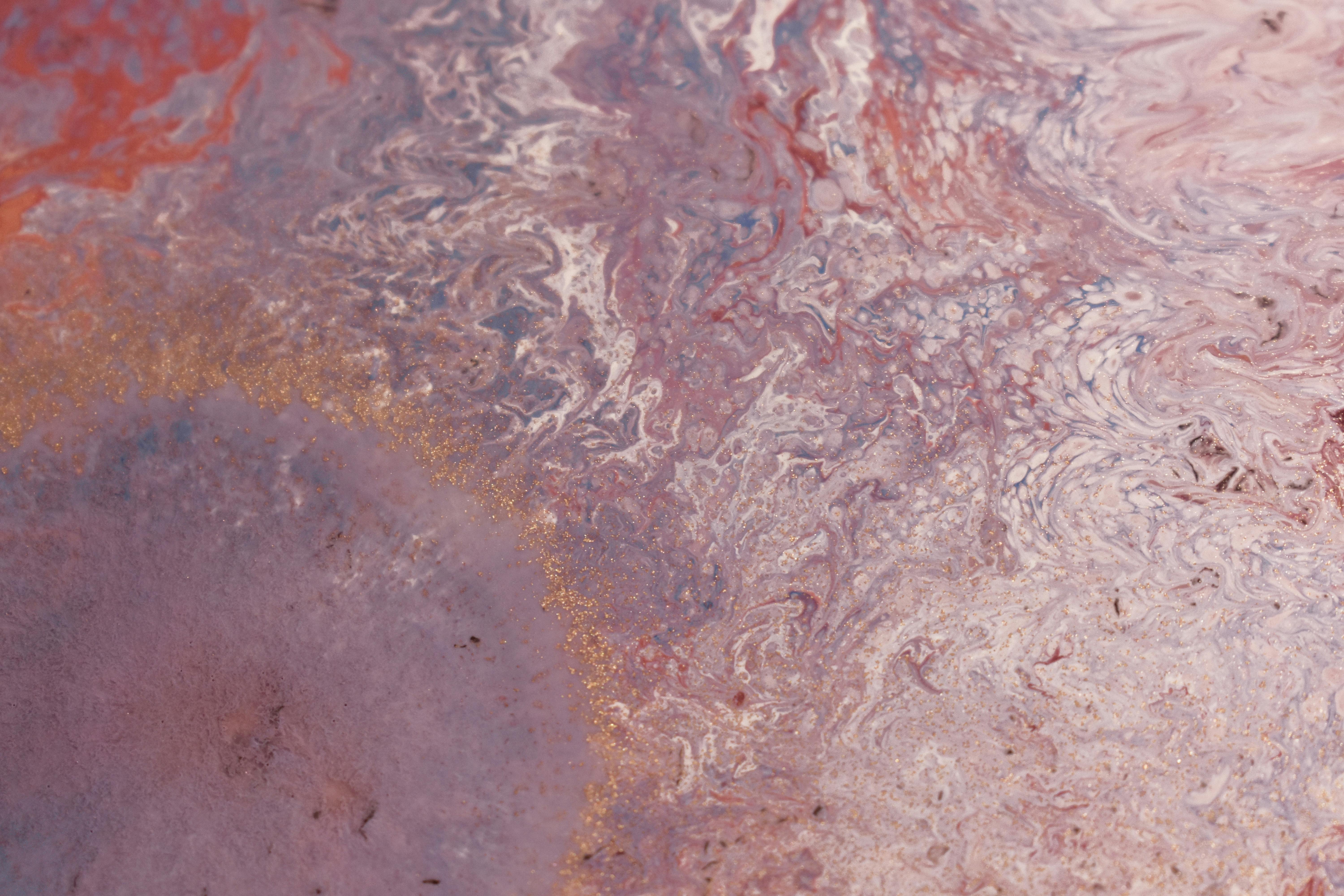Golf, like most sports, is a game of precision and accuracy. To make a hole in one, you need maximum concentration and physical and mental strength. Also, you should combine your skills and experience with your golf accessories and equipment, particularly the golf ball.
For non-golfers, a golf ball is the same as other golf balls. The only major difference that these people can see between one ball and another is the manufacturer or brand. However, in the eyes of a golf lover, golf balls differ in more than one respect.
If you want to improve your game, you should pay attention to a ball’s type, covering material, core structure, and compression rates. You should keep in mind that your swing and level of play must match the golf ball you use. Therefore, you cannot expect to be like Tiger Woods simply by shopping for and wearing the same golf accessories, shoes, and balls that he wears.
Here are basic golf ball comparisons you need to know to help improve your golf games:
Common types of golf balls
Two pieces
If you are just starting to play golf, you should most likely consider using the two-piece golf ball. This type of ball, in addition to being the cheapest type available on the market, aims to provide a great distance. If your swing is slow, the ball’s large rubber core helps transfer swing energy to the ball efficiently, giving it good distance.
If you are new to the game, you should focus on your accuracy. Therefore, you need a ball that increases your distance, allowing you to focus more on developing your precision. Once you have mastered the consistency, you should try the other types of golf balls.
Three-piece
The three-piece ball is ideal for advanced players, practically mastering control, in part because a person wouldn’t want to spend too much on a golf ball that will wield their hit-and-miss shots. A ball of this type, which is preferred by professional players, is composed of a core, which can be solid or composed of liquid or gel, a layer of wound yarn and a plastic cover.
Materials used as coatings for golf balls.
Although there may be other types of golf ball covers, the two most popular are the surlyn and the balata.
Balata
Balata golf balls, which are generally three-piece balls, are made from a soft shell. Professional golfers prefer these types of balls because they not only cut and scratch easily, but they are also easier to control. In addition, the balata balls give more effect. However, these balls have a shorter shelf life and are more expensive.
Surlyn
Surlyn balls are more suitable for waffle fans because they are cheaper. Most two-piece golf balls are made of surlyn, a hard material, so it is more resistant to cuts and scrapes and provides more distance. Besides being cheaper, these balls are also durable. However, it is more difficult to control and does not provide a wide effect.
Compression rate
Traditionally, the tension of the golf ball’s yarn windings determines its compression rate. However, due to recent technological advancements, the compression rate of a golf ball now basically depends on how the ball is affected when hit. The compression ratio of golf balls is usually between 70 and 110.
Low compression balls
Balls with a compression ratio of 70-80 are considered low compression balls. These balls are soft and easily deform or compress when struck. Players with slow swings are encouraged to use the ball.
Medium compression balls
Most advanced golfers prefer balls with a compression ratio of 90. These medium compression balls provide softness and ease of control.
High compression balls
Golf balls with a compression ratio of 100-110 are high compression balls. These balls are hard and less likely to warp on impact, compared to those with lower compression rates. A high compression ball is ideal for those whose clubhead speed is high.
Be interested in how the type of ball or its compression rates affect its performance. Keep in mind that knowledge of golf ball comparisons is helpful in enhancing your strengths and masking your weaknesses on the golf course.




